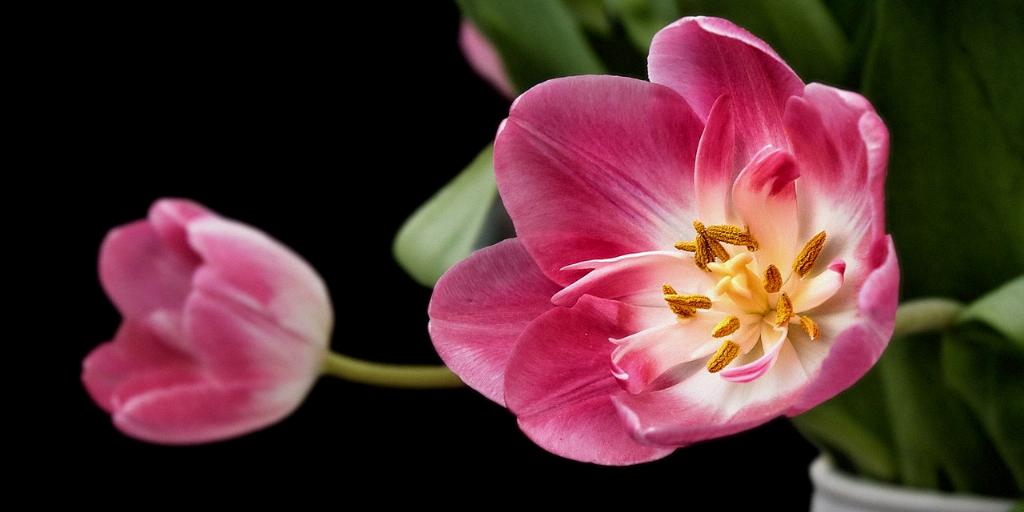When it comes to caring for your tulips, one common question that often arises is when to cut back tulips. The answer to this question is crucial in maintaining the health and beauty of your tulip bulbs for the following year. Let’s delve into the details of when and how to properly cut back your tulips to ensure they thrive for seasons to come.
First and foremost, it’s important to note that tulip foliage should not be removed until it has turned brown and died naturally. This period of waiting allows the plant to absorb nutrients and energy from the foliage, helping to nourish the bulb and promote future growth and blooming.
The duration for the tulip foliage to completely die back can vary based on various factors, including the type of bulb, prevailing weather conditions, and other environmental factors. Typically, most tulip foliage doesn’t begin to die back until late June or early July, signaling that it’s time to consider cutting back the foliage.
Removing the tulip foliage before it has completely withered can hinder the bulb’s ability to store energy for the next growing season. Therefore, patience is key when waiting for the foliage to naturally die back before proceeding with the cutting process.
Once the tulip foliage has turned brown and dried out, it’s safe to begin the cutting process. Use sharp, clean garden shears or scissors to make clean cuts near the base of the plant, being careful not to damage the bulb itself. Removing the dead foliage at this stage helps improve the overall aesthetics of your garden and prevents the spread of diseases.
It’s advisable to cut back the tulip foliage to ground level, ensuring a clean and tidy appearance in your garden while also allowing the bulb to focus its energy on root development and storage for the next growing season. Avoid cutting the foliage too early, as this can weaken the bulb and affect its ability to bloom in future seasons.
Properly cutting back tulips also plays a role in preventing the spread of diseases and pests in your garden. Dead or decaying foliage can serve as a breeding ground for pathogens and insects, which may harm your tulip bulbs or other plants in the vicinity. Removing the dead foliage helps maintain a healthy growing environment for your garden.
In conclusion, the best time to cut back tulips is after the foliage has turned brown and died back naturally, typically in late June or early July. By exercising patience and waiting for the right moment to trim the foliage, you can ensure the continued health and vitality of your tulip bulbs for years to come. Remember to use sharp tools, make clean cuts, and remove the foliage to ground level to promote root development and prevent disease spread.

